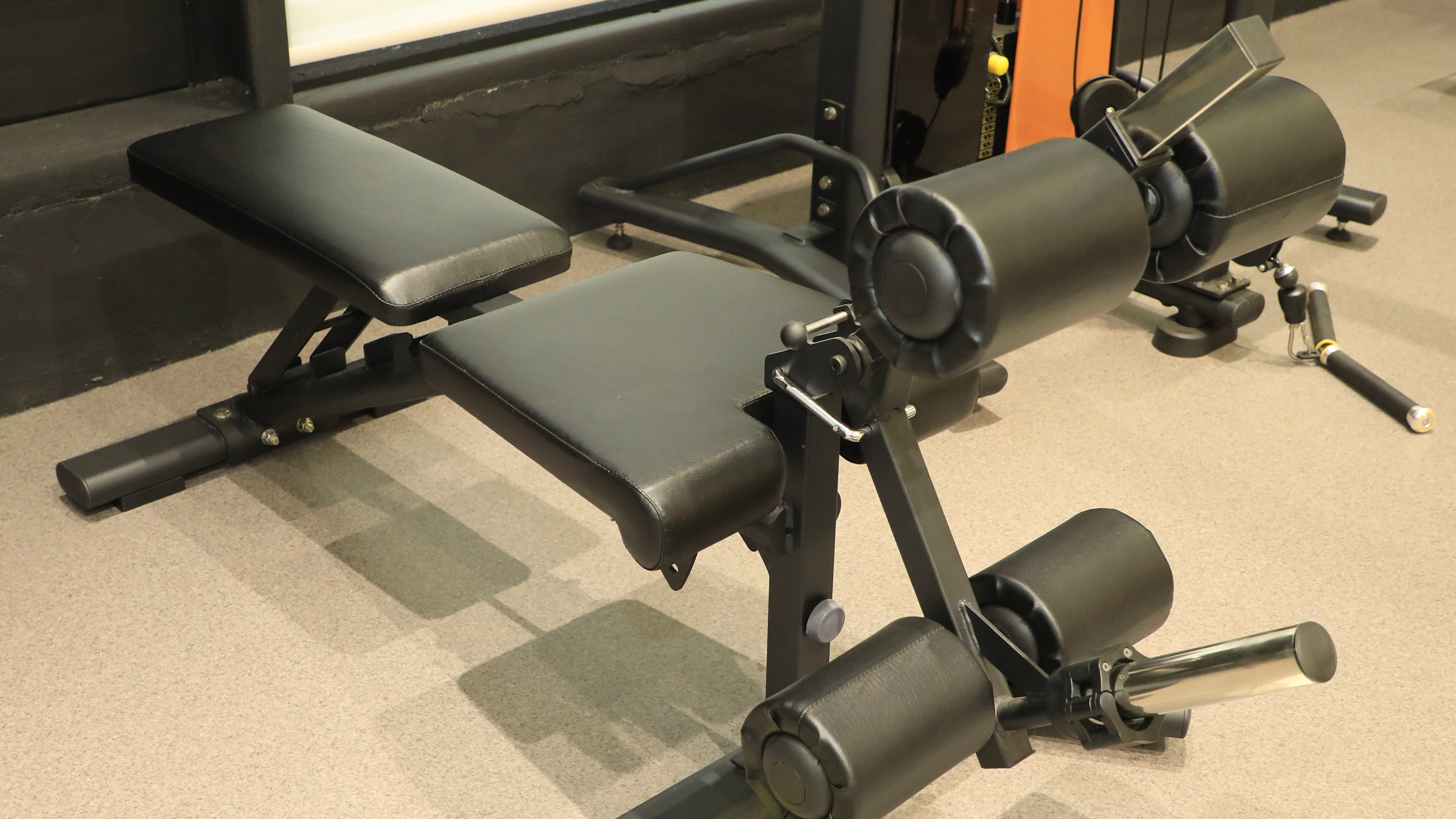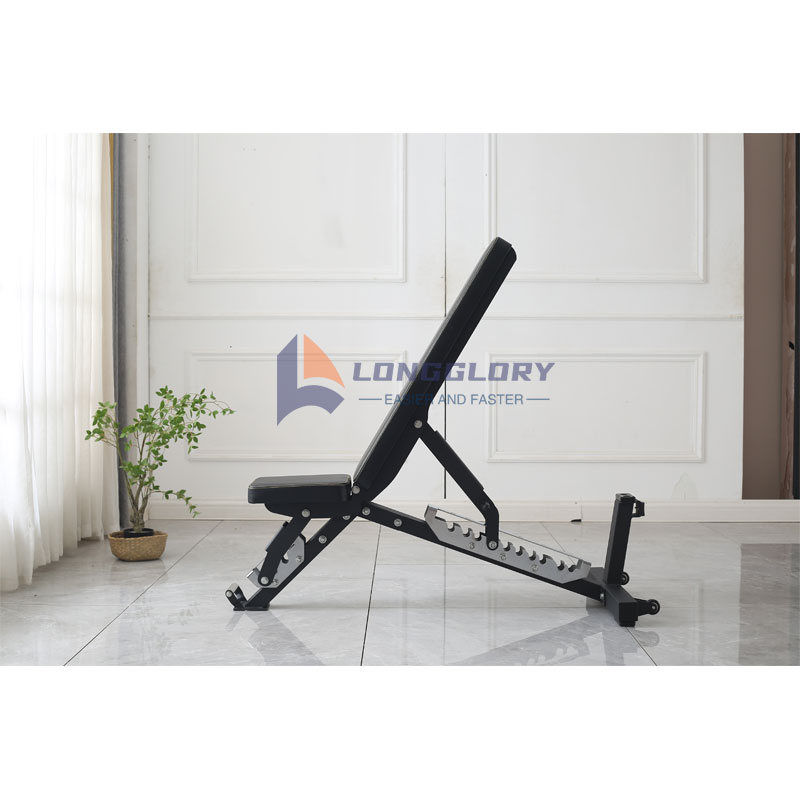- English
- Español
- Português
- русский
- Français
- 日本語
- Deutsch
- tiếng Việt
- Italiano
- Nederlands
- ภาษาไทย
- Polski
- 한국어
- Svenska
- magyar
- Malay
- বাংলা ভাষার
- Dansk
- Suomi
- हिन्दी
- Pilipino
- Türkçe
- Gaeilge
- العربية
- Indonesia
- Norsk
- تمل
- český
- ελληνικά
- український
- Javanese
- فارسی
- தமிழ்
- తెలుగు
- नेपाली
- Burmese
- български
- ລາວ
- Latine
- Қазақша
- Euskal
- Azərbaycan
- Slovenský jazyk
- Македонски
- Lietuvos
- Eesti Keel
- Română
- Slovenski
- मराठी
- Srpski језик
How to use multifunctional dumbbell bench?
2024-05-23

The multifunctional dumbbell bench is a kind of fitness auxiliary equipment, which is often used to assist dumbbells in completing various fitness movements, such as incline dumbbell bench press, decline dumbbell bench press, flat dumbbell fly, etc.
Through practice, you can improve the control of joints and muscles in various parts of the body, and exercise the small muscle groups around the target muscle groups.
Here are some specific ways to use the multifunctional dumbbell bench:
1. Flat bench press.
Exercise parts: arms, chest and back. Lie flat on a training bench, hold a dumbbell with both hands wider than shoulder distance, contract your chest, lift the dumbbell, slowly lower it to your mid-chest until your upper arms are parallel to the ground, and then push the dumbbell back to the starting position.
2. Bend over and row.
Areas trained: Back. When doing one-handed bent-over rowing, you first need to hold one hand on the bench, keep your body parallel to the ground, grab the dumbbell with an overhand grip with the other hand, lower the weight to the lowest level, keep your body still, and use your back to Use force to lift the dumbbell, not your arms.
3. Sitting leg flexion and extension.
Exercise area: thigh quadriceps. Choose an appropriate weight, sit upright, place your feet under the foot pads and lift your toes. While exhaling, contract your thighs and stretch your calves to lift the weight, straightening your legs to the maximum extent.
4. Sitting arm flexion and extension.
Parts exercised: Triceps of the arms. Sit on a bench with your feet flat on the ground. Hold a dumbbell in one hand, palm forward, straight above your head, and drop it in a half-circle arc to the top of the other shoulder. The lower the dumbbell is, the better. Then, use the contraction force of the triceps brachii of the arm to lift it upwards and restore it.

When using a multifunctional dumbbell bench for strength training, you need to pay attention to the following points:
1. Choose the appropriate weight.
Choose the appropriate dumbbell weight based on your physical condition and training goals. You can choose a lighter weight in the initial stage and gradually increase the difficulty.
2. Maintain correct posture.
When performing dumbbell exercises, maintain correct posture, especially a straight back and a tight abdomen.
3. Active breathing.
Use active breathing techniques while performing the movements. For example, during a bench press, exhale as you push the dumbbell up and inhale as you lower the dumbbell.
The above are some usage methods and precautions for the multifunctional dumbbell bench. Through correct use and practice, the control of joints and muscles in various parts of the body can be effectively improved.





